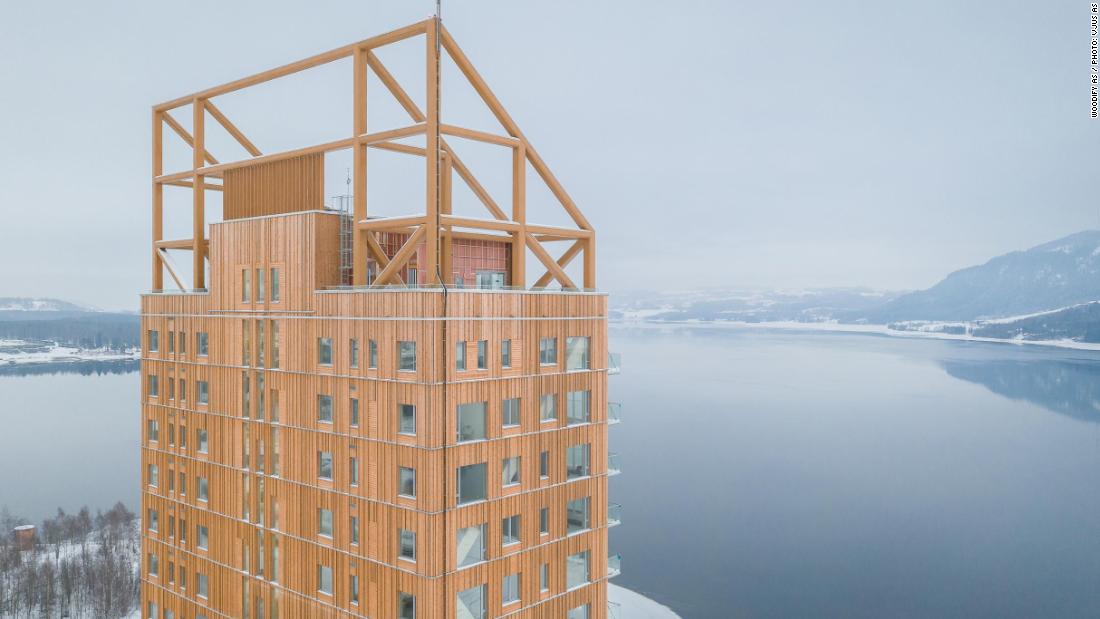CodeWarrior
REGISTERED
In an apparently unprecedented move, California has adopted the tall wood building provisions of the 2021 IBC before the code has been released. Article here:
 www.fireengineering.com
www.fireengineering.com
Seems surreal considering California’s tough WUI requirements restricting use of exterior combustibles and of course, the recent wild fires that were out of control this year. Also, are these buildings more vulnerable to terrorist attacks?
Firefighting Training & Fire Service News | Fire Engineering
Training firefighters since 1877. In-depth firefighter training features and videos, structural firefighting tactics and strategy, fire news, and more.
Seems surreal considering California’s tough WUI requirements restricting use of exterior combustibles and of course, the recent wild fires that were out of control this year. Also, are these buildings more vulnerable to terrorist attacks?



